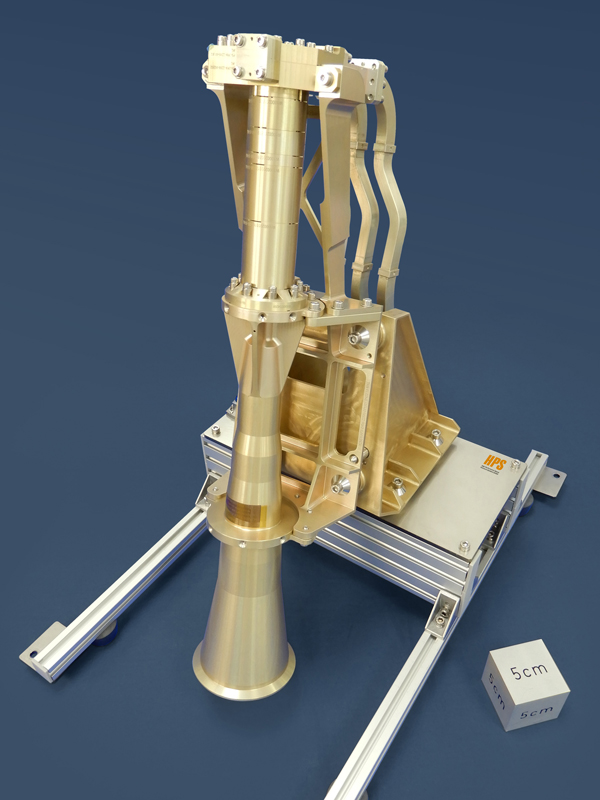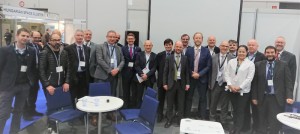May 2019
Second step taken towards European technological independence regarding large deployable reflectors
HPS-consortium wins ESA´s LEOB challenge
The European consortium of 17 partners out of six European countries initiated and led by HPS GmbH has won the prestigious ESA contract for LEOB, the Large European Reflector for Earth Observation. The call had been initiated by ESA´s Earth Observation directorate in 2018.
The HPS consortium, including LSS Germany and RUAG Space Germany, won against severe competition from Italy, Spain, and the U.K.. Total budget amounts to 5 million €; taken together with contract number one on the development of a large deployable reflector out of late 2017, the budget to develop this critical technology now amounts to 12.5 million €. Future mission targets include geological changes, monitoring of vegetation, communications, Big Data, Internet of Things, and sciences.
Kick-off was on April 15th, 2019, the project will conclude with a tested Engineering Model exactly two years later in April 2021. It is the last precursor project before the development of a flight model for two future Copernicus missions: CIMR with a 7-8m reflector, operating in L- through Ka-band, rotating on top of the satellite at a speed of ten turns per minute, and ROSE-L with 12 meters of diameter, operating in L-band.
Precursing ESA-technology programs and LEA out of Horizon 2020 had laid the foundations for this great success.
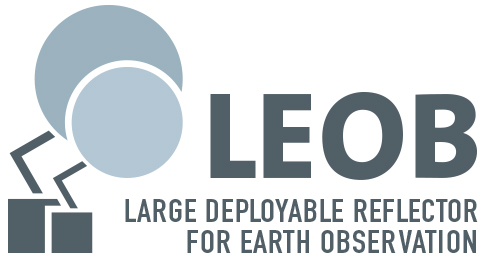
Freitag
June 2019
Aus dem Tagebuch des Bundestagsabgeordneten Dr. Thomas Sattelberger (FDP)
Flug nach München. Gemeinsamer Termin mit meinem Parteifreund Wolfgang Heubisch MdL, Bayerischer Wissenschaftsminister a.D., heute Landtagsvizepräsident und forschungspolitischer Sprecher der FDP im Bayerischen Landtag.
Mit dabei Maria Herrmann, Büroleiterin meines Berliner Fraktionskollegen Mario Brandenburg. Wir besuchen Raumfahrtmacherinnen und -macher im Münchner Süden, die HPS GmbH. Für mich bereits der zweite Besuch.
Am 20. Juli vor 50 Jahren wurde John F. Kennedys Vision „We choose to go to the Moon” Wirklichkeit.
Dazu planen wir was. Was? Sage ich nicht. Könnte ja auch sein, dass wir ob der Berliner Arbeitslast vorher in die Knie gehen.
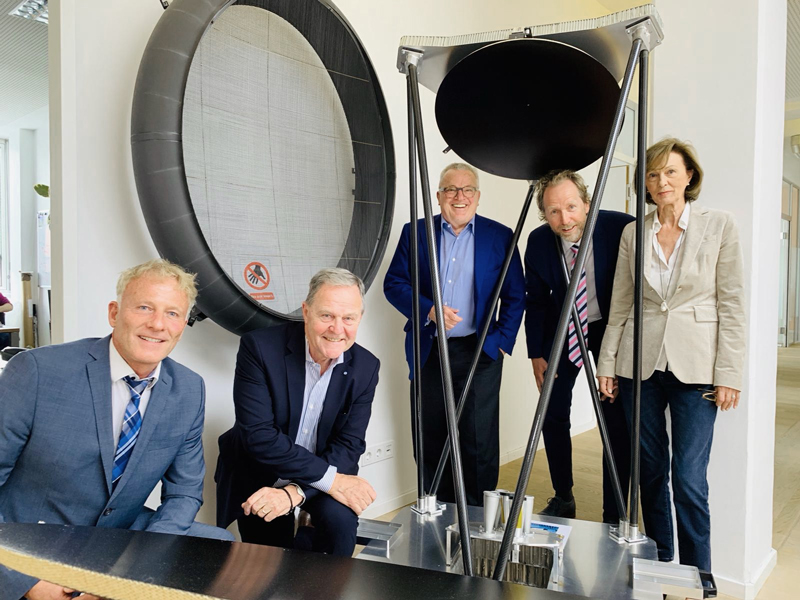
Pressemitteilung
July 2019
Geschäftsführender Gesellschafter von HPS, Ernst K. Pfeiffer, Mitveranstalter von „What`s next in space“ im bayrischen Landtag
Inhalt der Veranstaltung war die Diskussion eines neuen Kurses für die deutsche Raumfahrt mit abschließender Präsentation von 7 Forderungen an die bayrische Landesregierung und die Bundesregierung.
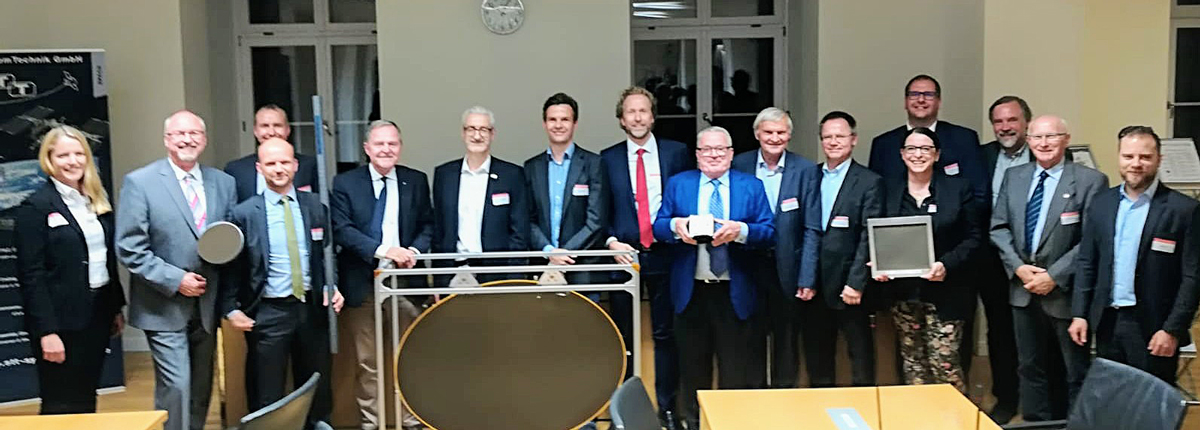
50 Jahre nach der Mondlandung: Wie sind Deutschland und Bayern aufgestellt bei der Zukunftstechnologie Raumfahrt? Wo liegen die größten Chancen? Wo besteht Handlungsbedarf? Wo muss die Politik mit Hand anlegen und unterstützen?
Veranstalter:
- h. c. Thomas Sattelberger MdB, Sprecher für Innovation, Bildung und Forschung der FDP-Bundestagsfraktion, Wahlkreis München-Süd
- Wolfgang Heubisch MdL, Vizepräsident des Bayrischen Landtags, Bayrischer Staatsminister a.D. für Wissenschaft, Forschung und Kunst
- Dr. Ernst Messerschmid, deutscher Physiker und Astronaut (1985)
- Ing. Ernst K. Pfeiffer, Vorsitzender des Verbands mittelständischer Raumfahrtunternehmen „Best of Space“
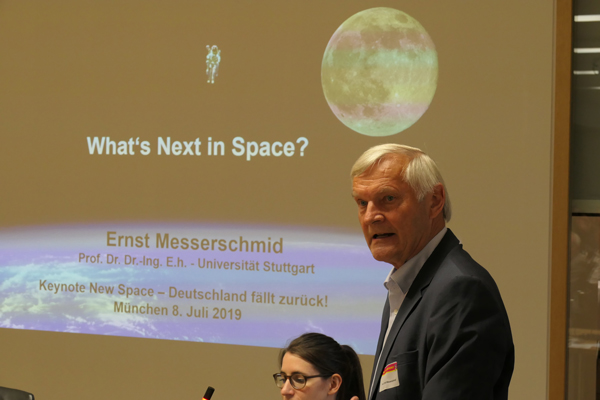
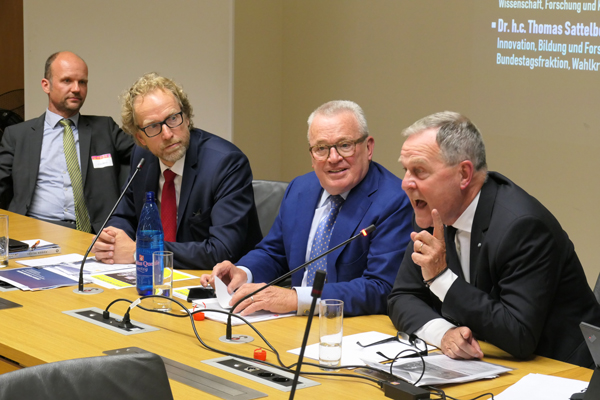
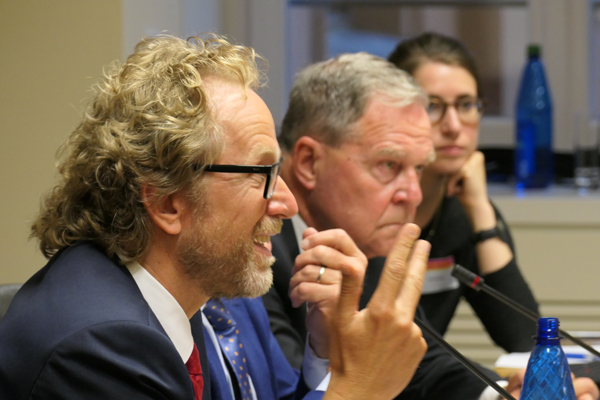
Aufbruch in die Vergangenheit
July 2019
Das deutsche Röntgenteleskop, entwickelt vom MPE (Max-Planck-Institut für extraterrestrische Physik) in Garching, „eROSITA“ ist zusammen mit einem russischen Instrument am 13. Juli 2019 um 14:31 Uhr mitteleuropäischer Sommerzeit (17:31 Uhr Ortszeit) erfolgreich vom Raketenbahnhof in Baikonur gestartet.
Zurzeit befindet es sich auf dem Weg zum 2ten „Lagrange Punkt“ (L2), 1.5 Millionen Kilometer von der Erde entfernt.
Am L2 angekommen wird eROSITA alle sechs Monate den gesamten Himmel abtasten und so eine exakte Karte vom Universum im Röntgenbereich erstellen. Die Daten werden genutzt um die „Hotspots“ des Universums zu kartieren; Supernovas, Neutronensterne und schwarze Löcher stehen ganz oben auf der Liste.
eRosita kann überdies von den Bewegungen der Galaxien, Rückschlüsse auf die Dunkle Energie schließen. Jene unbekannte „dunkle“ Kraft, die das Universum expandieren lässt.
Alle elektromagnetischen Wellen, wobei die Röntgenstrahlung ein Teil davon ist, breiten sich mit Lichtgeschwindigkeit aus. Das Licht ist schon Millionen oder sogar Milliarden Jahre unterwegs wenn es die Detektoren von eRosita einfangen. Darum ist der Blick in den Himmel auch immer ein Blick in die Vergangenheit.
HPS hat von 2010 bis 2016 das MPE bezüglich Thermal Schutz-Design durch MLI (Multi-Layer-Insulation) für eROSITA begleitet. Auslegung, Fertigung und Integration wurden für zwei Modelle QM (Qualifikations-Model) und PFM (Proto-Flight-Model) durchgeführt.
Es befindet sich insgesamt 14 kg High-Tech-Folien Material (MLI) auf dem Teleskop. Ausgebreitet würden die Folien eine Fläche von über 500m² ergeben, was in etwa einem Basketballfeld entspricht.
Nach der langen und äußerst guten Zusammenarbeit freut sich das HPS Team mit dem MPE sehr über den geglückten Start des eROSITA Röntgen-Teleskopes.
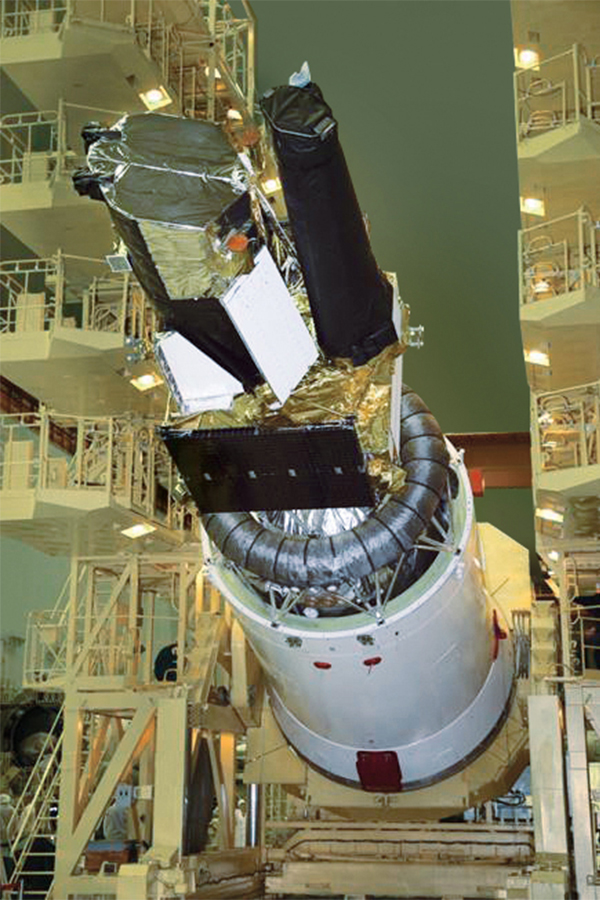
Europe´s Euclid-Mission Taking a Giant Leap Forward
September 2019
HPS hands over Euclid´s Flight Model of Antenna Reflector Assembly (ARA) to TAS-I in Rome
Euclid, ESA´s ambitious mission to map geometry and development of the Dark Universe over the past 10 billion years from 2022 on has taken a big step forward: HPS delivered the ARA-flight model hardware to ESA´s prime TAS in Rome and the communication subsystem prime TAS in Madrid after all tests (TVT, Bake-out, modal survey, optical check and main reflector contour, grounding and MLI/SLI installation) had been concluded successfully and on time.
Euclid´s ARA (Antenna Reflector Assembly) is one of the mission´s hardware keys, since it is responsible for transmitting all the scientific data, which will provide an unprecedented insight into the origin of the Universe. Extremely lightweight and stable materials have been employed in the just 4.5 kg reflector assembly to assure the demanding strength and performance requirements from the launch phase until the operations at the second Lagrangian point L2, located at 1.5 million kilometers from Earth. The high end precision in the micrometer range has been achieved in the single parts positioning during the alignment activities, allowing optimal performances in the signal transmission.
The Consortium, led by HPS GmbH (Munich based German SME) has successfully implemented the involvement of several countries across Europe. HPS would like to thank its partners for the outstanding work performed together: Invent GmbH in Germany for composite technology, SERENUM a.s. in Czech Republic for metal parts, AAC GmbH for environmental testing, FHP Ltd. in Portugal for Multi Layer Insulation technology and ONERA in France for radio-frequency characterisation testing.
Already back in 2017, HPS had successfully delivered a first Structural-Thermal Model (STM) of the Euclid ARA as well as an Engineering Qualification Model (EQM) in 2018 for testing and qualification purposes at satellite level. The delivery of the Flight Model now took place end of August 2019.
The customer chain explicitly “appreciates the effort done by HPS to fulfill the schedule dates in this complex period of the summer break and congratulates to all the good results obtained”.
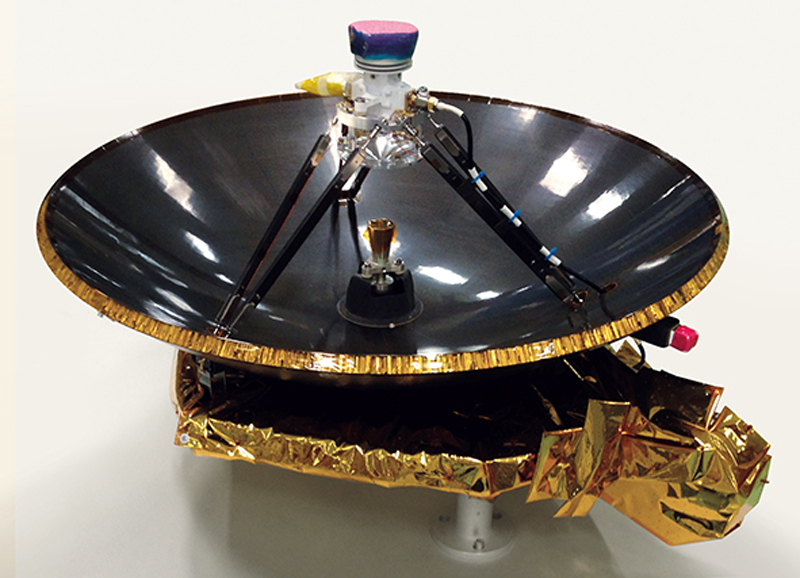
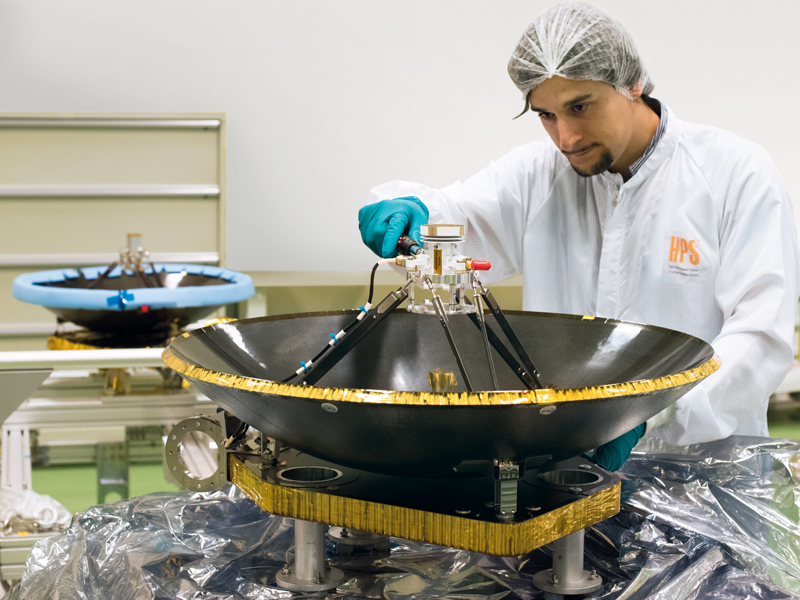
Large European Antenna – LEA
October 2019
A European Declaration of Non-dependence in Space
Dear Friends and Fans of Europe in Space,
in the name of all members of our pan-European WeLEA-consortium we proudly present a video, documenting the successful road of the development of one of the most needed critical technologies in space: the Deployable Large European Antenna (LEA).
Invented, designed, tested and manufactured by more than 15 well known space companies from 7 European countries with a total staff of more than 500 dedicated specialists, representing a truly unique team of SMEs and Midcaps, the LEA-product is now taking shape as nothing less than “A European Declaration of Non-dependence in Space”.
Thanks to the farsighted vision of both powerful institutions responsible for our continent´s future in space, the European Space Agency ESA and the European Commission EC, LEA will become an invaluable technological asset to blaze our own trail towards knowledge and understanding as indispensable prerequisites to making this world a sustainable, better place – for life in diversity, for all citizens on the globe, and for one Europe across all its internal borders.
Within the WeLEA consortium HPS Germany, as prime contractor, is responsible for the project- and technical management of the whole LEA-subsystem, the deployable arm assembly and the reflective metal mesh.
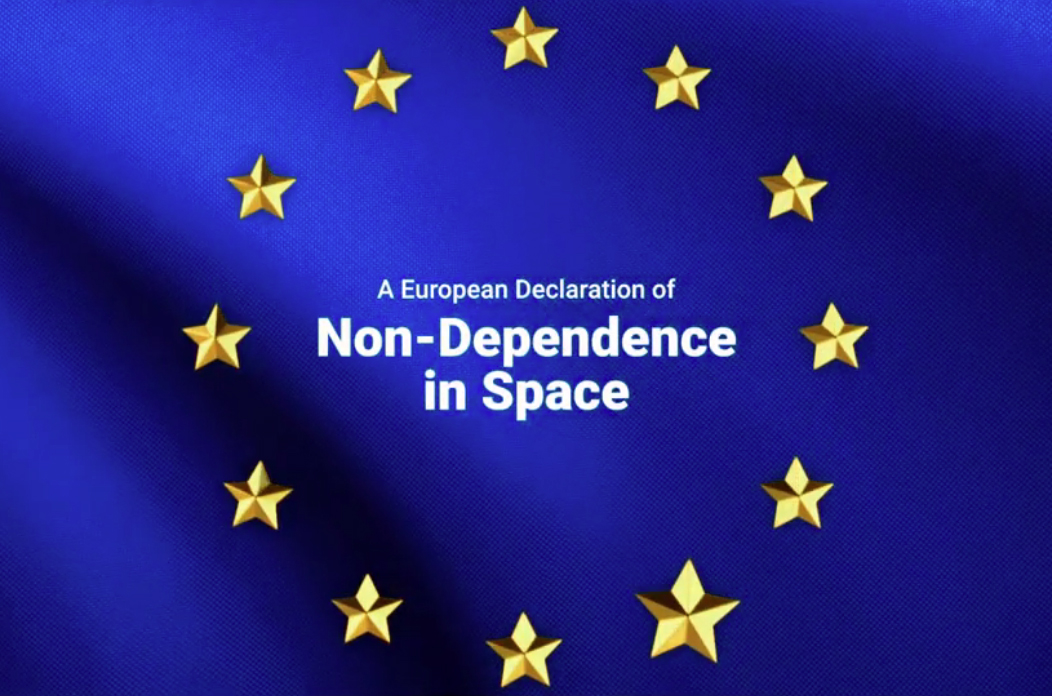
KMU-Verbund im AKRK setzt auf Kontinuität
November 2019
Nach einem für die deutschen Raumfahrt-KMU erfolgreichen Jahr setzt ihr Verbund im Arbeitskreis Raumfahrt des DLR (AKRK) auf Kontinuität und bestätigt ihren Sprecher, Dr. Ernst K. Pfeiffer sowie den stellvertretenden Sprecher Dr. Kolja Nicklaus für eine weitere Wahlperiode im Amt. Hinzu kommt als zweiter stellvertretender Sprecher Herr Maik Hartmann von Astro und Feinwerktechnik.
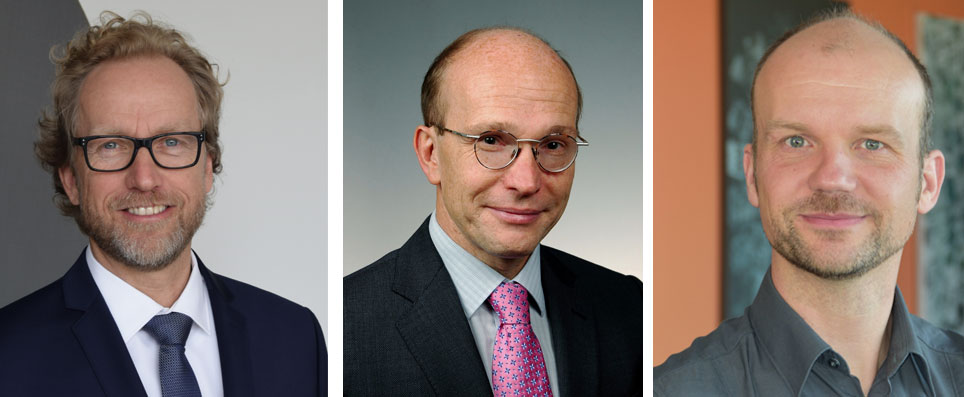
Best of Space erfolgreich auf weltgrößter Raumfahrtmesse
November 2019
KMU eine feste Größe auf Bremens SpaceTech Expo Europe
Sie ist drei Tage kurz, hat ihre Heimat im kleinsten Bundesland der Republik, benötigt nur rund zwei Hektar Ausstellungshallen, und doch ist die SpaceTech Expo Europe die größte, nämlich größte Raumfahrtmesse der Welt.
Erst zum zweiten Mal fand sie nach der Premiere 2017 statt, seither ist sie vom Start weg schon um 30 Prozent gewachsen und damit schon mehr als zehnfach größer als der Raumfahrtteil der ILA: 400 Aussteller und mehrere Zehntausend Besucher, zumeist vom Fach und mit konkreten Geschäftsabsichten aus Europa, den USA, Indien, China, Japan und Südamerika sowie Australien machten 2019 diese Messe zum globalen Hotspot der Raumfahrt.
Und in ihrer Mitte ruht der Kern – sowohl bildlich wie auch inhaltlich. Denn die Szene wurde klar dominiert von den etablierten KMU und den hoffnungsvollen NewSpace Startups, flankiert von allen wichtigen Midcaps und LSI. Die Best of Space – Unternehmen nahmen ihren zentralen Platz neben SME4Space und der ESA, unweit von DLR und den Großunternehmen ein. Der Stand war Anlaufpunkt und Diskussionsforum für alle AKRK-Mitglieder, er wurde lebhaft von ihnen für Gespräche mit institutionellen und kommerziellen Kunden genutzt.
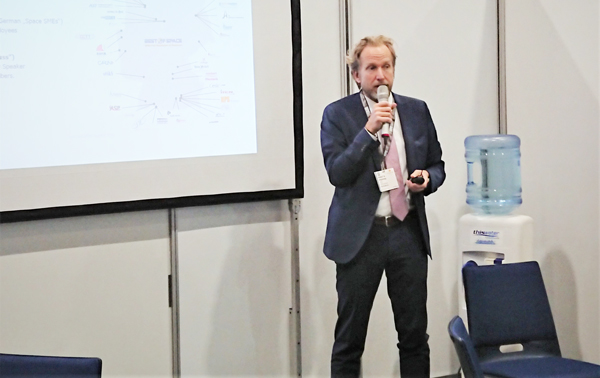
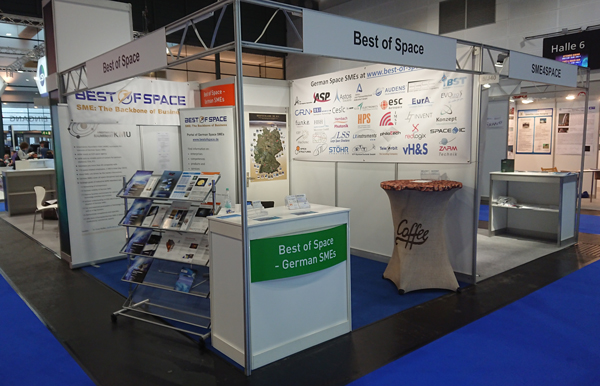
Einige Zahlen mögen dies einmal auf etwas ungewöhnliche Weise untermauern: 1,75 Kilo Mars, Twix und Gummibärchen, 4 Säcke Äpfel, Bananen und Mandarinen sowie 24 Liter alkoholfreie Getränke wurden in den drei Tagen allein hier „vernichtet“. Der Dank des Ausschusses für die wieder einmal reibungslose Organisation geht auch 2019 an Jens Janke, CRN Management GmbH, und für die finanzielle Absicherung der BoS-Präsenz an die AKRK-Unternehmen.
MESH Made in Germany
March 2020
Technical Textiles from Bavaria for the Worldmarket Space
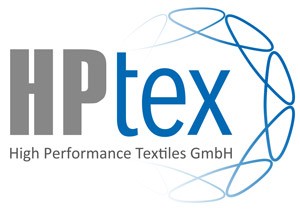
With the foundation of HPTEX GmbH in equal shares by the Bavarian companies HPS GmbH and Iprotex GmbH & Co KG, a company is being launched that no one else in the space industry has ever had on the cards before: HPS, the European specialist for satellite antennas of all sizes, and Iprotex, the heavyweight for technical textiles on the world market, are joining forces and competences to establish Bavaria and Germany as the centre for metallic high-tech fabrics, the “mesh”, in ordere to serve the international space market.
The HPTEX GmbH joint venture thus aims at a key component of satellite technology for two core applications at the same time: Earth observation and communication.
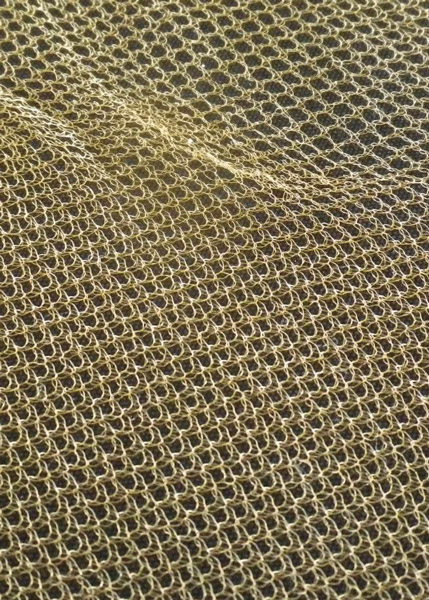
For both, the mesh functions as a resonance body for reception and transmission of radar and communication data between heaven and earth, for generating images for climate protection and to provide stable communications networks for the earth’s population. The precision of production is measured in micrometers, i.e. ten thousandths of a centimeter, and must achieve an optimum between electrical conductivity and mechanical elasticity homogeneously over reflectors of up to 15m diameter, for frequency bands between L- and Ka-band, and in the medium term also up to V-band. To guarantee this, the two companies behind HPTEX have concentrated development and production technology of the latest generation at the Münchberg site in order to meet the extremely special requirements of the customers.
Initial mission objectives are the pre-development and pre-qualification of a Ka-band mesh for “CIMR”, a satellite of the EU Commission’s latest flagship fleet Copernicus for the observation and measurement of climatically relevant developments in the Arctic, and a series of small satellite antennas from the commercial NewSpace sector. In the area of research and development, HPTEX works closely with the leading institutions in the region, the Fraunhofer Münchberg and the University of Hof.
For a transitional period of a few weeks, direct sales of the products will continue to be handled by HPS in Munich until the new staffing levels have been established to allow HPTEX to take over.
Flight model of the H2NBA Feed Assembly successfully completes RF test
March 2020
The „Feed Assembly” as an essential component in the RF signal transmit/receive-chain of the Ka-band North Beam Antenna “H2NBA” for the Heinrich Hertz Mission was successfully assembled in February 2020.
Before the time consuming final surface treatment the assembly was RF-tested in the test laboratory of ADS, Munich Ottobrunn.
Other components of the H2NBA-Antenna such as the “CFRP Reflector Assembly” as well as the mechanisms for antenna deployment and pointing and the fixation during launch are already nearing completion. The final integration and all tests at antenna level will take place according to schedule between July and October 2020.
